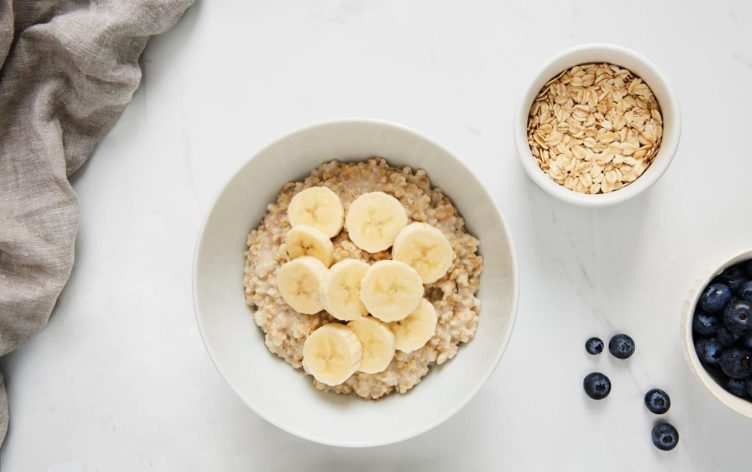Consuming more oats, beans, lentils, peas, plantains, seeds, and unripe bananas may aid in weight loss. All of these foods are high in resistant starch, a type of prebiotic fiber that has been shown to aid in weight loss by slowing digestion, reducing abdominal fat, and aiding in weight loss.
According to Rahaf Al Bochi, RD, spokesperson for the Academy of Nutrition and Dietetics, “resistant starch is a type of starch that is not digested in the digestive tract; it is’ resistant ‘to digestion.” “These resistant starches ferment in the large intestine and provide food for the colon’s beneficial bacteria.”

The following are four ways that resistant starch aids in weight loss:
1. Insulin sensitivity is increased.
“The greater your insulin sensitivity, the more effectively your body uses insulin and lowers blood sugar following meals,” Bochi explains. Weight loss improves insulin sensitivity, and research indicates that resistant starch may also be beneficial. According to a 2019 study published in the journal Nature, overweight or obese adults who consumed 10–15 grams of resistant starch per day had lower fasting glucose, faster insulin, and improved insulin sensitivity.
2. It increases satiety.
“Foods high in resistant starch stay in your system longer,” explains Joan Salge Blake, RD, clinical professor of nutrition at Boston University. “Resistant starch can help you feel fuller longer, which results in less food consumed during a meal,” she explains. Consuming 30 grams of resistant starch daily (approximately 1 cup each of oats, beans, brown rice, and potatoes, plus one green banana) for six weeks reduced hunger hormones in overweight adults, reduced mindless snacking, and aided in weight loss.
3. It aids in fat loss.
According to University of Colorado researchers, replacing a portion of carbs in your diet with resistant starch increased fat burning after a meal by up to 30%. Consuming resistant starch has been linked to decreased abdominal fat and increased fat oxidation in animal studies.
4. Bolsters the growth of beneficial gut bacteria
“[Resistant starch] acts as a prebiotic fiber, nourishing the beneficial bacteria in the colon and promoting digestive health and metabolism,” Bochi explains. One study discovered that consuming 100 grams of resistant starch daily had a significant positive effect on the gut microbiome; additional research found that consuming 40 grams of resistant starch daily for four weeks decreased bad bacteria levels, improved glucose metabolism, and aided in the reduction of abdominal fat.
The short version
Despite the benefits of a resistant starch-rich diet, the majority of Americans consume less than 10 grams of resistant starch per day. Increase your intake by eating more oats, cold potatoes or rice, cassava root, unripe bananas, green banana flour, and konjac noodles. Simply remember to gradually increase your resistant starch consumption, as “eating too much at once may result in gastrointestinal side effects such as gas or bloating,” according to Boci. “Drink plenty of water to help minimize any GI side effects.”

